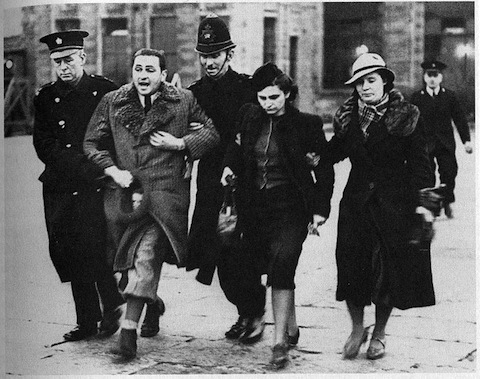London defended
This is the programme for an air display called ‘London Defended’ which was part of the 1925 British Empire Exhibition at Wembley (in Wembley Stadium, in fact, before it became Wembley Stadium). I must admit to having missed this one (and its predecessor in 1924), but it sounds like it was comparable to the longer-lived […]




